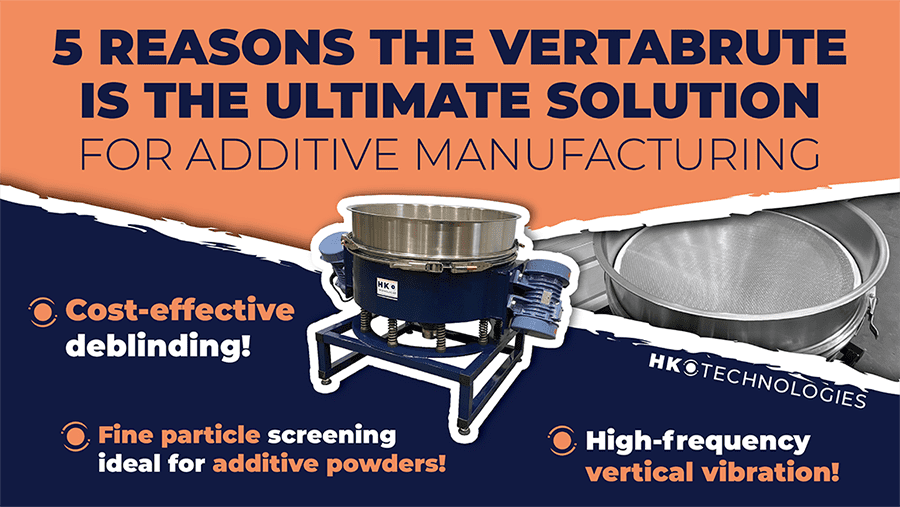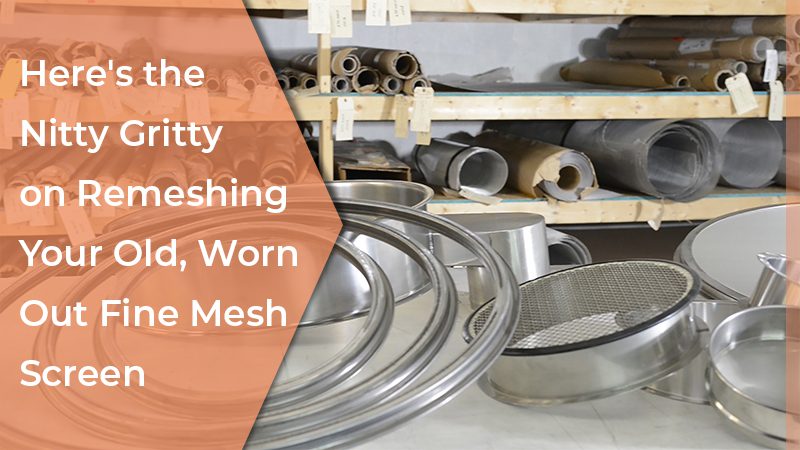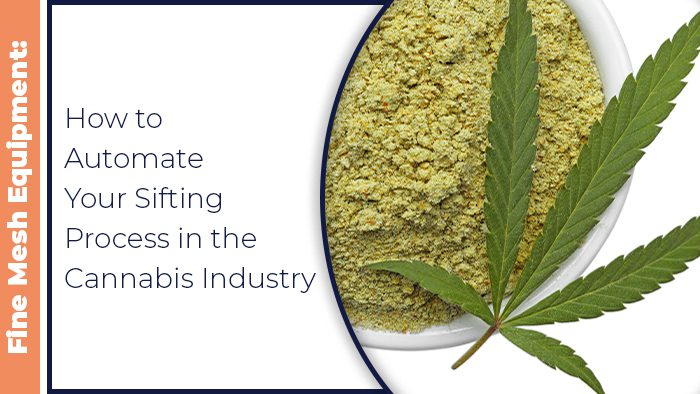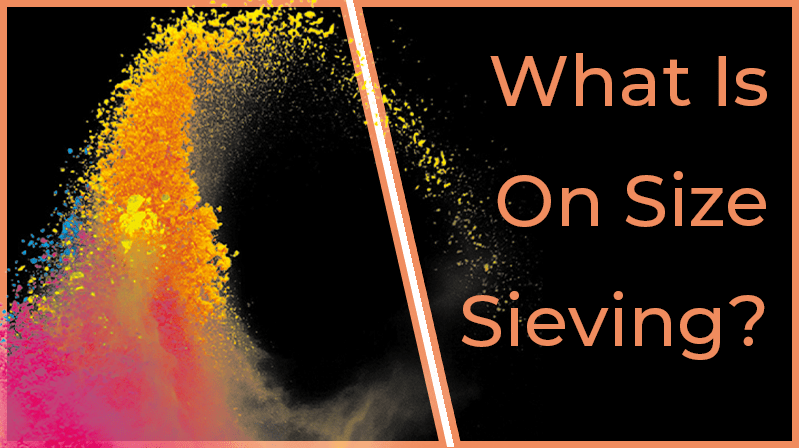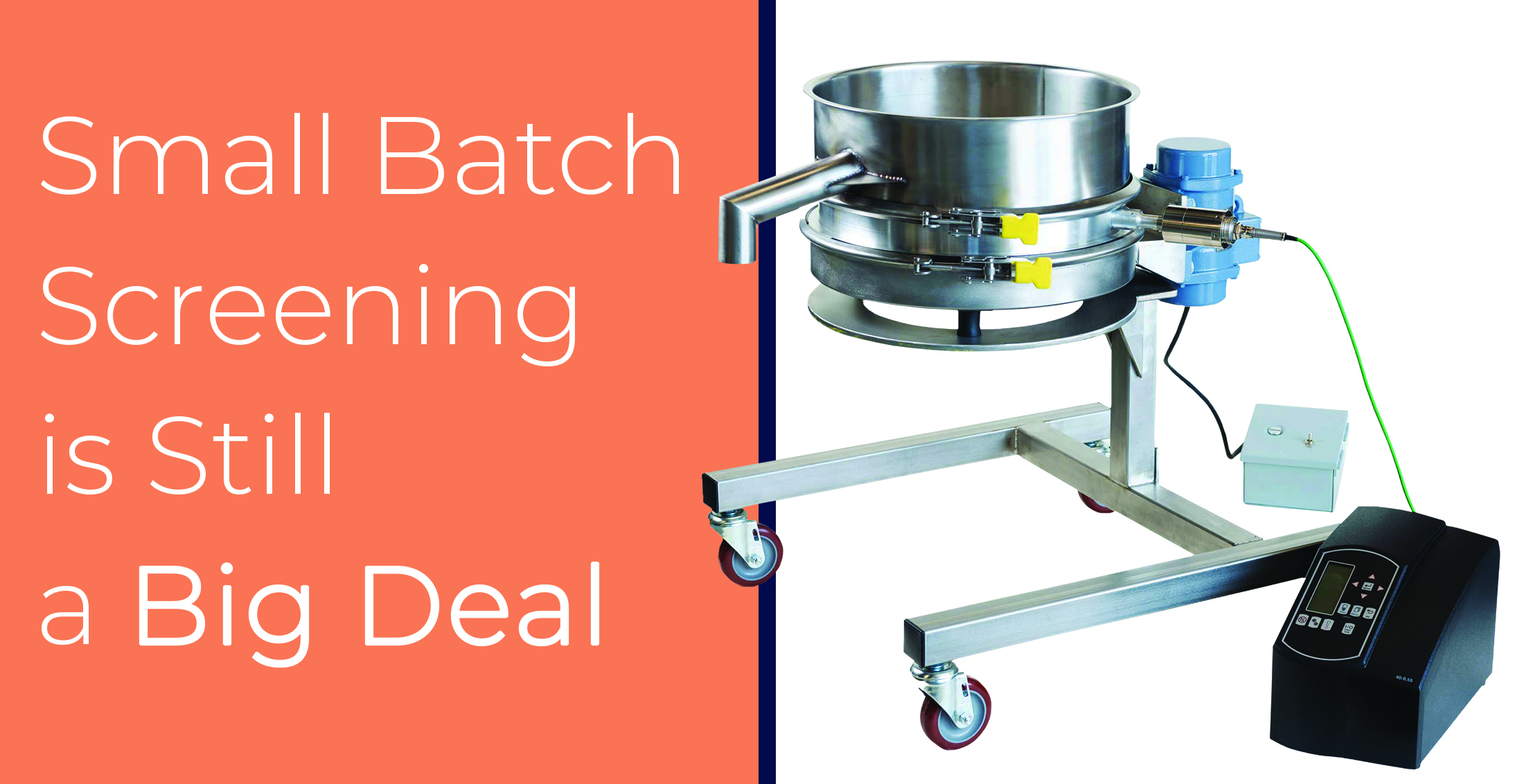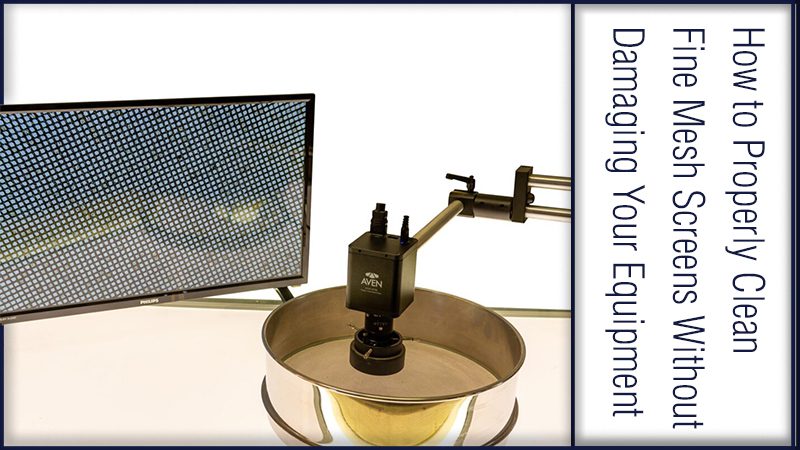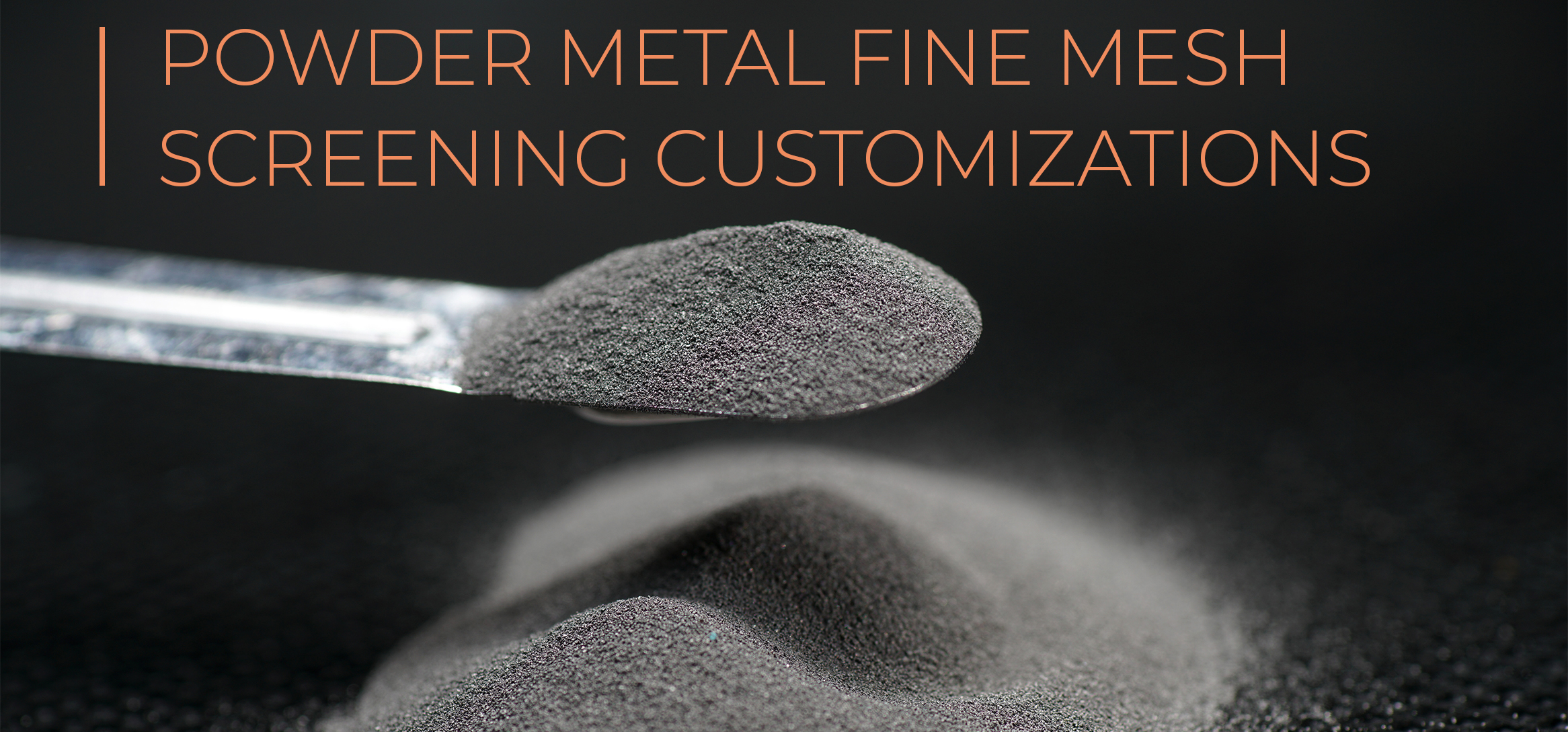5 Reasons the VertaBrute is the Ultimate Solution for Additive Manufacturing
By Cora Hochstedler
Spoiler alert: Spending money to purchase additional equipment for screen deblinding is a thing of the past. Enter the VertaBrute, HK Technologies’ all-purpose, high-energy fine mesh screener that is taking the additive manufacturing world by storm.
Here are five reasons to give the VertaBrute a closer look:
- Cost-Effective Deblinding: The VertaBrute provides ultrasonic sieving performance without having to purchase costly ultrasonic equipment.
- High-Frequency Vertical Vibration: The VertaBrute delivers effective deblinding action directly through the screen, enhancing performance with high-amplitude, low-frequency vibrations.
- Fine Particle Screening: The VertaBrute is now available in 17-inch and 36-inch screen diameters and is capable of screening down to 20 microns, which makes it ideal for additive powders.
- Durable Construction: The VertaBrute comes standard with mild steel construction and a powder coat finish making it built to last in even the harshest production conditions. Additional upgrade options using 14-gauge stainless steel in all contact areas is perfect for contamination-free environments.
- Quick Screen Changeovers: The VertaBrute is designed for rapid screen changes to minimize production downtime and maximize operational efficiency.
Explore HK Technology’s all-purpose, high-energy VertaBrute here and reach out to HK’s #PowderSiftPros to learn even more ways to elevate your screening operations.
Cora Hochstedler is a passionate writer and technology enthusiast with a keen interest in innovative solutions for everyday challenges. With a background in manufacturing and a flair for communicating complex ideas in a clear and engaging manner, Cora brings a unique perspective to the world of automated systems. When she’s not writing about the latest advancements in the sieving, vibrating, and automation world, Cora can be found experimenting with DIY projects or exploring the great outdoors. Join her on a journey of discovery as she navigates the ever-evolving landscape of innovation!
Share this blog post:


